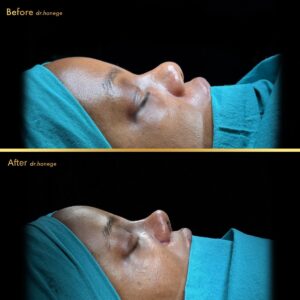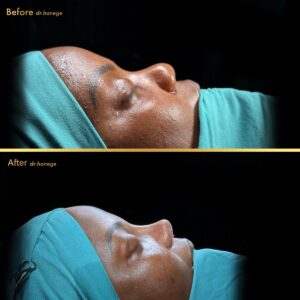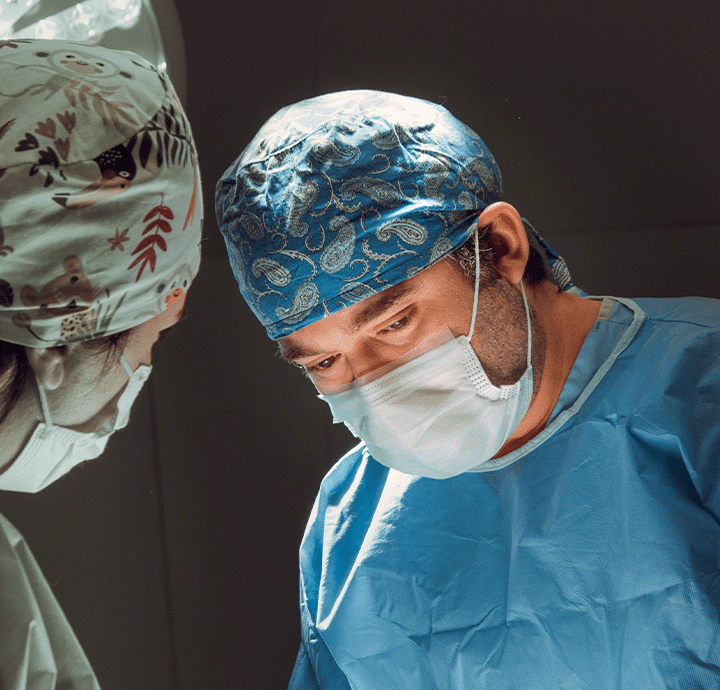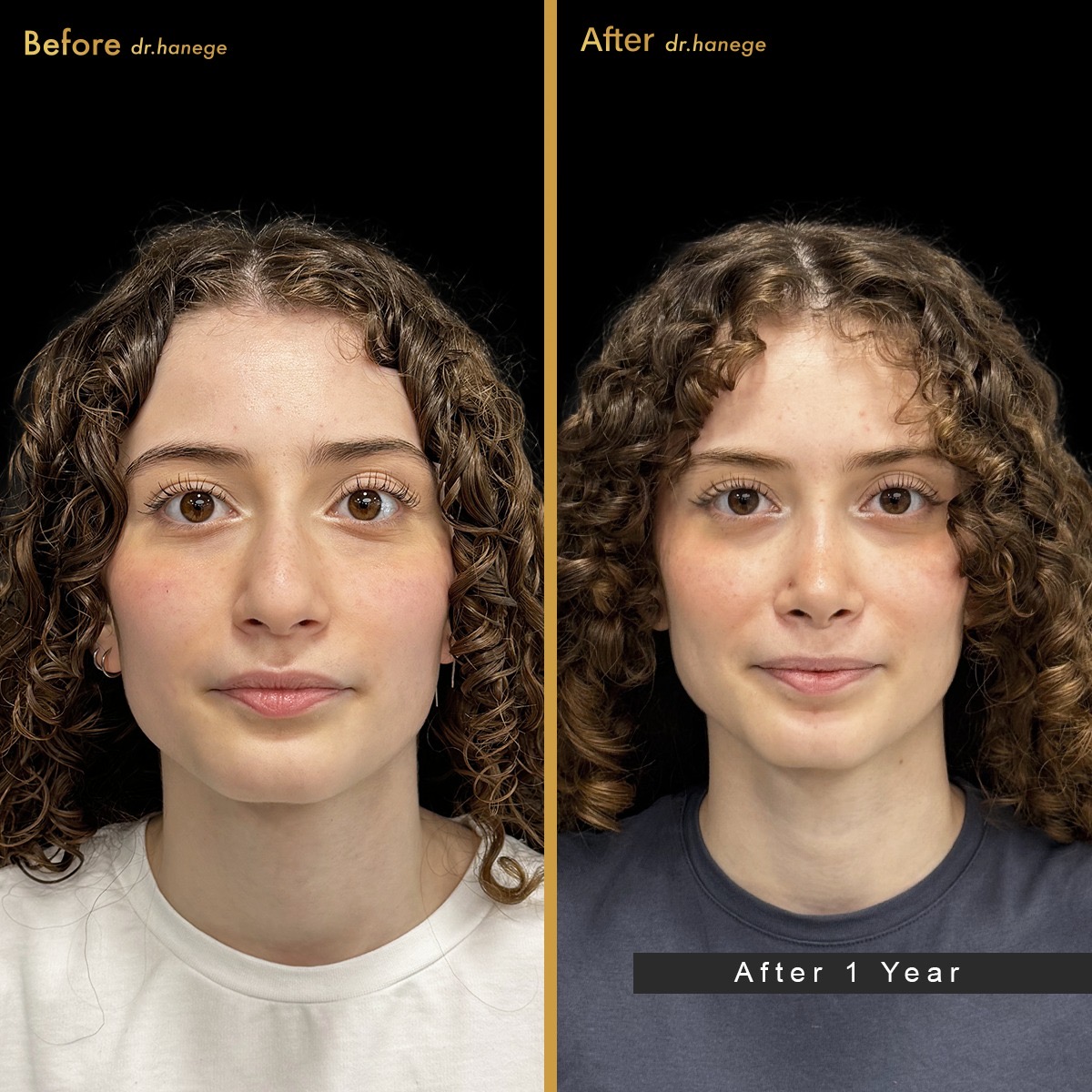
Rhinoplasty Trends 2025: Natural, Preservation and Ethnic Approaches
Rhinoplasty continues to evolve, blending surgical precision with artistic sensitivity. In 2025, the strongest global trends emphasise natural rhinoplasty results, preservation-first techniques, and ethnic approaches that honour cultural identity. This comprehensive guide explores how these movements shape modern practice and why Dr. Fatih Mehmet Hanege in Istanbul is positioned at the forefront especially for ethnic rhinoplasty and revision rhinoplasty cases.
The Shift Toward Natural Rhinoplasty Results
In earlier decades, rhinoplasty was often associated with dramatic transformations—noses that were noticeably “done.” By 2025, the demand has shifted. Patients now prioritise noses that look natural, balanced, and in harmony with other facial features. Subtle changes that refine rather than transform dominate consultations.
Achieving natural rhinoplasty results depends on a surgeon’s clinical judgement. Instead of relying on software simulations, Dr. Hanege applies years of surgical expertise and proportion analysis to predict outcomes while discussing details with his patients over their face features and patients’ expectations. Adjustments are measured: tip refinement for definition, controlled dorsal reduction for smoother profiles, and nostril balance without over-narrowing. The result is a nose that fits seamlessly with the face.
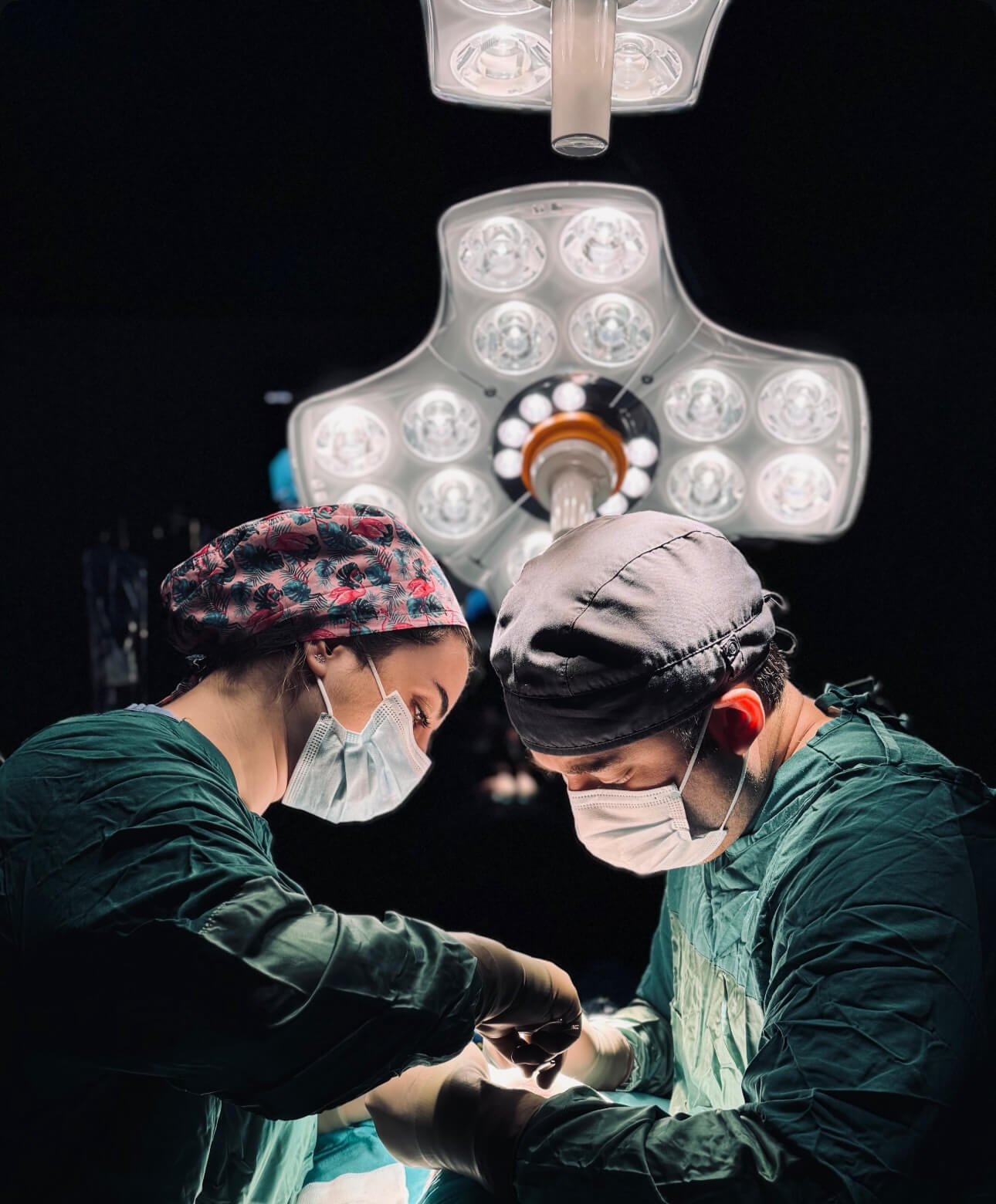
Preservation Rhinoplasty 2025– The Gentle Revolution
Preservation rhinoplasty is not new, but within rhinoplasty trends 2025, it continues to gain momentum as patients seek faster recovery and stable outcomes. The preservation philosophy focuses on reshaping while keeping as much of the natural nasal framework intact as possible. Rather than removing large amounts of bone or cartilage, surgeons reposition or conserve structures, which leads to less trauma and swelling.
Tools like ultrasonic instruments allow precise contouring of bone with minimal tissue damage. For patients, this means shorter downtime, fewer irregularities, and long-term predictability. Thick-skinned and thin-skinned patients both benefit, though techniques are tailored differently. In Turkey, where surgeons perform large volumes of rhinoplasty, preservation has become a defining feature of modern practice.
Ethnic Rhinoplasty in Turkey – Refinement Without Losing Identity
As medical tourism expands with rhinoplasty trends 2025, ethnic rhinoplasty in Turkey is one of the fastest-growing requests. Patients from African, Asian, Middle Eastern, and Hispanic backgrounds seek refinement while maintaining their cultural identity. The challenge lies in respecting these unique anatomical differences and avoiding a “one-size-fits-all” approach.
African heritage noses often require augmentation, such as building projection with cartilage grafts and narrowing wide nostrils through alar base reduction.
Asian noses typically present with a low radix and broad tip, benefitting from careful augmentation and nostril refinement.
Middle Eastern and Hispanic patients may seek smoothing of dorsal humps or proportion adjustments without erasing ethnic features.
Dr. Hanege’s philosophy is rooted in enhancing harmony while preserving identity. This makes Istanbul a global hub about rhinoplasty trends 2025: patients trust that refinement will never compromise who they are.
Recovery & Expectations with Rhinoplasty Trends 2025
One of the clearest patient priorities in 2025 is reduced recovery time. With preservation methods, swelling subsides faster and bruising is less intense compared to traditional techniques. Most patients can return to routine activities within one to two weeks, though full refinement continues for months.
Patient education is crucial. Setting realistic expectations avoids disappointment. Thicker skin, for instance, may take longer to define. Dr. Hanege and his team provide detailed aftercare guidance to ensure each patient understands the healing stages and how to support optimal results. The process has not only physical but also psychological stages that patients must be aware and ready.
Why Istanbul Leads Rhinoplasty Trends 2025
Istanbul stands out globally in 2025 as a centre for rhinoplasty innovation. Several factors contribute to this leadership:
- High surgical volumes that refine expertise.
- Internationally accredited hospitals with advanced facilities.
- Competitive pricing compared to the USA,Canada,Australia Europe or UK, without sacrificing quality.
- Comprehensive packages that include accommodation and transfers.
- Support of an English-speaking patient coordinator guide for international patients.
Patients travelling from abroad find that Turkey offers both technical excellence and seamless care coordination, making it an unrivalled choice for ethnic rhinoplasty in Turkey.
Global Pricing Trends
Price transparency is a major factor in medical tourism. Below is an international prices compared to ethnic rhinoplasty in Turkey costs in 2025:
| Country | Average Cost (USD) |
|---|---|
| Turkey | $4,000 – $6,500 |
| United States | $8,000 – $25,000 |
| United Kingdom | $7,500 – $12,000 |
| Germany | $6,500 – $10,000 |
| South Korea | $6,000 – $10,000 |
| Brazil | $5,500 – $8,500 |
Turkey provides one of the strongest value propositions: advanced surgical expertise, comprehensive patient support, and a cost advantage that makes it accessible to international patients.
The Future Beyond 2025
Looking forward, rhinoplasty will continue to evolve. The core trends of natural rhinoplasty aesthetics, preservation-first philosophy, and ethnic sensitivity are unlikely to fade. Instead, they will deepen as patients become more informed and demand results that align with their individuality.
Dr. Hanege’s commitment to structural stability, subtle artistry, and respect for cultural diversity ensures that his practice remains aligned with the global direction of rhinoplasty in 2025 and beyond.
Conclusion
Rhinoplasty in 2025 is defined by three principles: natural harmony, preservation of structure, and cultural respect. Patients seek refinement, not replacement. Surgeons must combine technical mastery with an understanding of diversity. In Istanbul, Dr. Fatih Mehmet Hanege continues to exemplify these trends, offering safe, personalised, and culturally sensitive care for patients worldwide.


